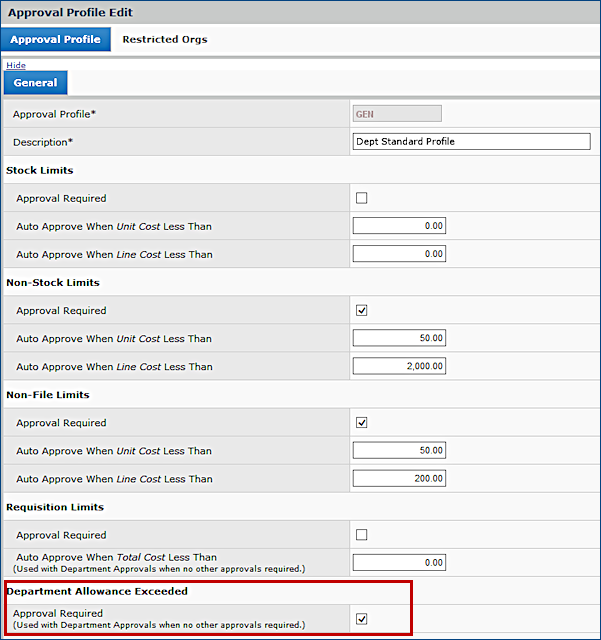
The LD will also attend several later rehearsals to observe the way the actors are being directed to use the stage area ('blocking') during different scenes, and will receive updates from the stage manager on any changes that occur.

The LD will read the script carefully and make notes on changes in place and time between scenes - such changes are often done just with lighting to avoid too many blackouts in one scene - and will have meetings (called Design or Production Meetings) with the Director, Designers, Stage Manager and production manager to discuss ideas for the show and establish budget and scheduling details. At the Off-Broadway, or Off-Off-Broadway level the LD will occasionally be responsible for much of the hands-on technical work (hanging instruments, programming the light board, etc.) that would be the work of the lighting crew in a larger theatre. Smaller theatre companies may have a resident lighting designer responsible for most of the company's productions or rely on a variety of freelance or even volunteer help to light their productions.

For a Broadway show, a touring production and most regional and small productions the LD is usually an outside freelance specialist hired early in the production process.
#LIGHTWRIGHT APPROVAL CODE PROFESSIONAL#
The role of the lighting designer varies greatly within professional and amateur theater.


 0 kommentar(er)
0 kommentar(er)
